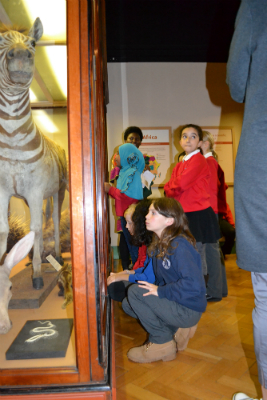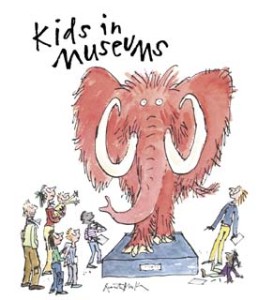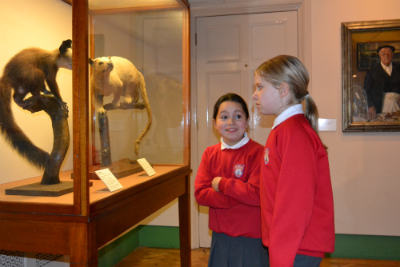On Friday 21st November, the Hidden Museum team were lucky enough to have the opportunity to be a part of a Kids in Museums take over day. Kids in Museums are an independent charity dedicated to making museums open and welcoming to all families, in particular those who haven’t visited before.
This was a great opportunity for us to test our app in production with real users, over 30 kids and 6 adults who had never seen the app before! A real coup for us as developers – a chance to get some real insight into how our app might be received on completion.
However we were conscious that we did not want to take advantage of the day and it’s main aim of making museums more open to kids and families. So we took great care to plan the day with the education coordinators at the museum, Naif and Karen, to ensure that we were providing a fun experience for the kids, as well as testing elements of our app. As there were adults supervising the kids we also tested all elements with the supervising adults to get an impression of a family group’s opinion of each element (rather than kids opinions only) – very important as our app is aimed at a mixed-age group.
Naif and Karen suggested that we warmed them up with a ‘fingertips explorers’ activity – where the kids felt an artifact blindfold, and had to describe it to their friends – their friend’s guessing what it could be. (A fun game which the kids really enjoyed and we have used as an influence for one of our games as a result!)
We decided that after the fingertips explorers warm up the kids would be ready for app testing!

As the app was not yet complete, we decided to test elements of the app broken down, rather than the experience as a whole. We decided to break our testing down into 4 elements:
Testing the iBeacons/compass interface
Testing the UI
Testing the games
This decision was reached mainly through necessity since the app was not complete. However, we found that it really worked for us, and allowed us to get some really in depth insight into our app. This was for two reasons – firstly it allowed us to break the group of children down into smaller more manageable groups so we were able to have real conversations with each of the children in turn – and secondly it allowed us to assess which elements of the app they struggled with the most and so exactly where we should be making our improvements.
There were lots of great testing outcomes to the day around each of the app elements outlined above – I’ll update the blog with how we tested each of the app elements (and the associated learnings) over the coming days.

